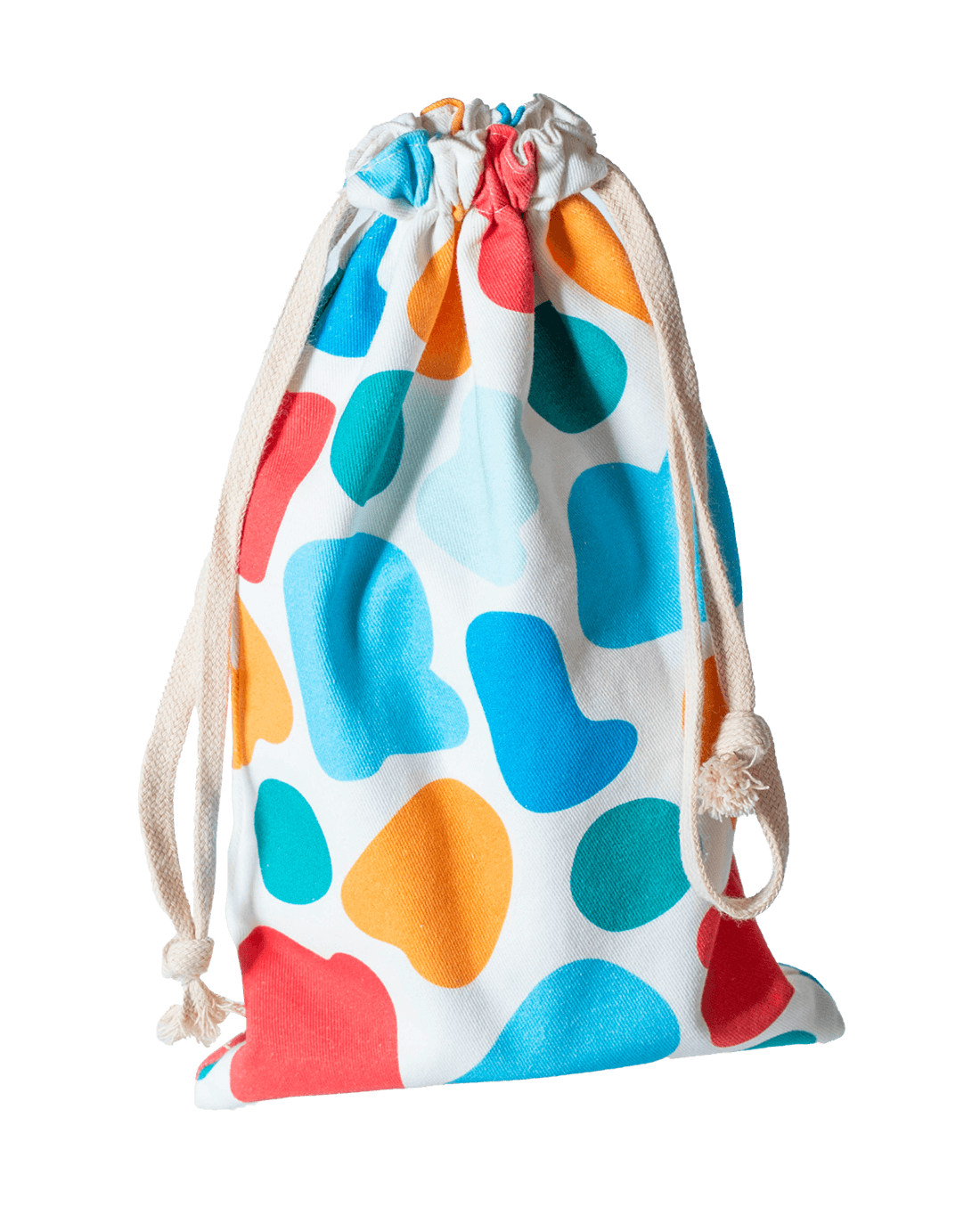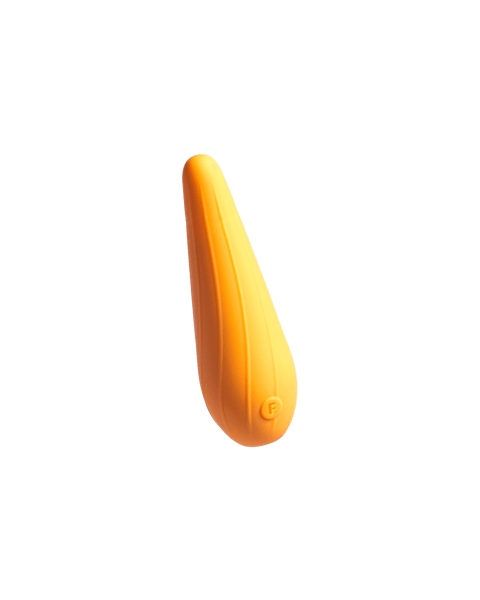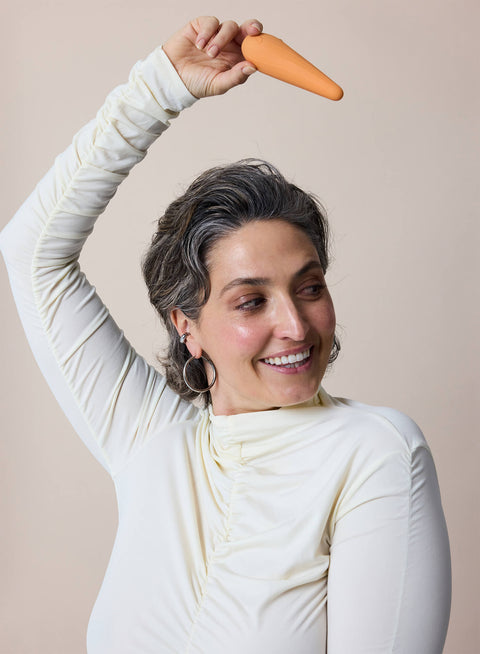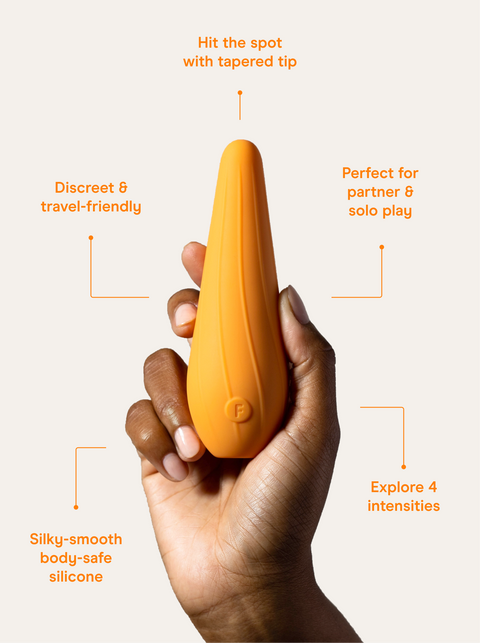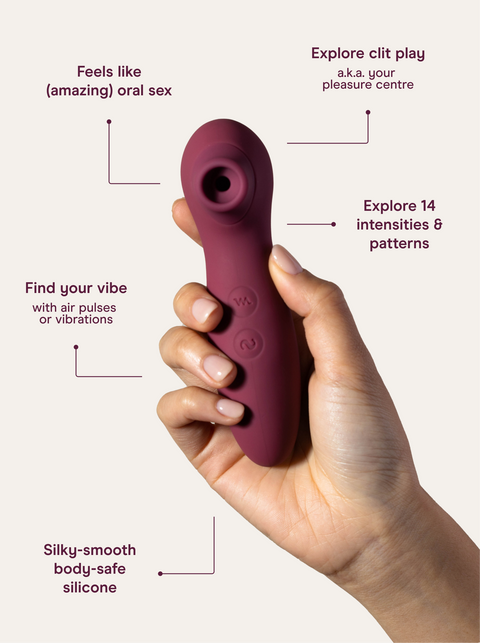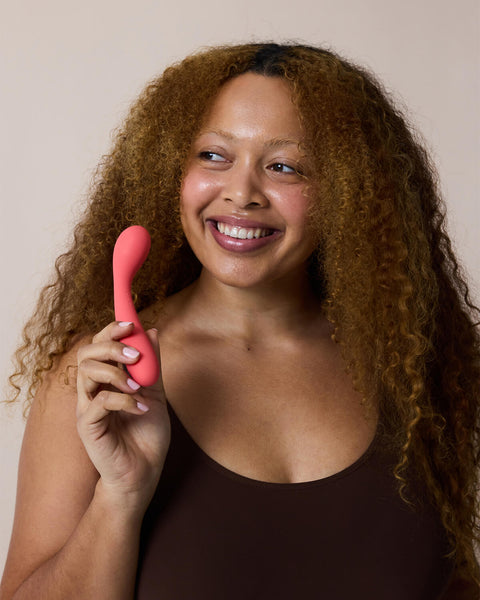It can feel overwhelming to be faced with a litany of new words that talk about our bodies and what we do with them.
Sex, gender, sexuality, gender and sexual identity...what do these words all mean? Surely they all refer to the same thing, right?
Not quite. There are some pretty big differences between all of them. In case you think all of these words have only taken on new meanings in the last few years, and that these seemingly-new definitions are at odds with basic biological science, think again.
There’s some surprising and fascinating history behind the way we define our genders and desires.
Sex isn't just 'sexual intercourse'
‘Sex’ can be shorthand for ‘sexual intercourse’ or ‘sexual activity’, but in this context it refers to, “the features by which members of a species can be divided into two groups—male and female—that complement each other reproductively” (Encylopedia Britannica).
All animals, including humans, are usually divided into two sexes based on how they reproduce. The two human sexes are male and female, although it should be noted that some people can be intersex: born with physical sex characteristics that don’t fit norms for male or female bodies1.
Interestingly, before the 1700s there was a theory that males and females were fundamentally the same, and that female genitals were simply male genitals that had been inverted.
It was assumed that both females and males must ejaculate for a baby to be conceived, and that the strength of the semen produced would determine the strength of the baby: males had stronger semen, while females had weaker semen3.
Although we now know this is not how conception occurs, we can understand how this belief may have led to females being seen as the weaker sex!
Our sex is what’s written on our birth certificate when we’re born, and it has some degree of influence on our physical being.
As an example, the female sex is more likely to suffer from autoimmune diseases and the male sex is more likely to develop cardiovascular disease early on in life2.
Sex has often been used to assign characteristics to people that have likely developed socially or culturally rather than biologically—assuming that males are harder workers or that females enjoy baking, for example—and for this reason, some view it as an outdated notion.
But it can be useful when talking about our health and bodies, especially within a medical context.
Although scientific research is beginning to reflect more and more something that we’ve known to be true for a long time: we are all much more than just our sex.
Gender isn't as clear-cut
The Oxford English Dictionary defines gender as, “the state of being male or female as expressed by social or cultural distinctions and differences”.
Gender is not quite as clear-cut as sex, and it’s not limited to binary options.
While many of us will find that we are cisgender, meaning our gender matches up with our sex (we were born female and we’re a woman, or we were born male and we’re a man) that’s certainly not the case for everyone.
Some people may be transgender or gender diverse, which means their gender is different from what was assigned or presumed for them at birth.
Somebody who was born a male may be a woman, genderqueer, genderfluid, non-binary, or another gender; and likewise somebody born female may be a man or another gender4.
Some trans people might change their appearance, their name, or their legal identity to affirm their gender, and some may not.
There’s no correct way to be trans, in the same way that there’s no correct way to be any gender. Some people may use the typical pronouns of their preferred gender (such as ‘she’ and ‘her’) and some might use others, such as ‘his’ or ‘theirs’.
Singer Sam Smith, for example, uses they/them pronouns, and actor Elliot Page uses he/they pronouns.
If you find yourself in doubt about how to address someone—just ask! Good intentions matter more than getting it right every time.
A friendly, “What are your pronouns?” when meeting someone won’t go astray, and offering yours can make others feel more comfortable mentioning theirs (you can read more about using the right pronouns for someone in this handy explainer).
It’s important to respect someone’s pronouns and to allow people to explain how they would like to be referred to.
‘Misgendering’—repeatedly or deliberately referring to a person as a different gender to what they are—can be really hurtful and frustrating. In the same way you would want people to refer to you as the gender you are, grant others that respect as well.
Why do we say that a trans woman ‘is’ a woman, rather than ‘identifies as’ a woman?
Because we trust trans people to define their own experiences, feelings, and genders. Cis females aren’t expected to say they ‘identify as’ their gender and we don’t ask that of our trans friends either.
While our sex is determined primarily by biological and reproductive factors, gender can be influenced by a much wider range of things.
Cultural norms and societal expectations can have a huge influence over the way we perceive and embody our own gender, and as culture and society changes so too do the expectations we have for what gender means.
Philosopher and theorist Judith Butler suggests that gender is something we continually perform, rather than a stagnant state of being, which makes a lot of sense to us.
What is Sexuality?
Gender is about who we are, and sexuality is all about who we’re attracted to.
Most of us will be familiar with the terms heterosexual or straight (attracted to the opposite gender—so, a man who is attracted to a woman), homosexual or gay (attracted to the same gender—a man who is attracted to a man), and bisexual (attracted to both or all genders—a man who is attracted to women and men).
But we’re of the belief that sexuality is more fluid than this, and that many people experience fluctuations in their sexuality and in their attraction to different genders and people throughout their life.
Pioneering researcher Dr. Alfred Kinsey developed the Kinsey Scale in 1948 as a way to measure sexuality and attraction.
He believed that people weren’t solely gay or straight, but that sexuality existed on a spectrum and changed over time (you can check out the Kinsey Scale for yourself right here).
While this is probably true for a lot of people, there are just as many who will likely never experience a change in their sexuality throughout their lives.
Just like with gender, there’s no one right way to experience sexuality or to fit into a category of sexuality.
People who experience sexualities that don’t fit within the standard gay or straight binary often use a range of terms to describe themselves, such as
- Pansexual - someone who can experience attraction to anyone regardless of their gender.
- Demisexual - someone who needs to experience romantic attraction before sexual attraction can happen.
- Queer - someone who isn’t heterosexual but doesn’t use another term
- Asexual - someone who doesn’t experience sexual attraction
These are some of the more common ones, although there are many more. Here is a thorough (but not complete) list of some other sexualities.
A quick recap:
- Sex: the body we’re born in to and what’s written on our birth certificate
- Gender: our cultural, social, and chosen expression of ourselves
- Sexuality: our romantic and sexual attraction towards others
How does this all work together?
When put together a person’s sex, gender, and sexuality form a little part of the puzzle that makes them who they are.
While certainly not the most important characteristics of a person, these qualities do form part of our identity and as such, it’s important to respect the sex, gender, and sexualities of the people around you in the same way that you’d want yours respected.
Gender and sexuality in particular are such a wide spectrum that it’s very difficult to conclusively list every gender or every sexuality in a way that’s easy to define and understand.
While we’ve certainly tried to offer a good primer, we know we haven’t ticked every box.
We hope that after reading this article, you feel a bit more informed on the differences between sex, gender, and sexuality, and may even be empowered to do some research of your own.
To learn more about the foundations of great sex with acclaimed sex coach Georgia Grace, check out NORMAL's video masterclass, The Modern Guide To Sex.
References
- Intersex Human Rights Australia, What is intersex?, c. 2020, Intersex Human Rights Australia, accessed 13 December 2020, <https://ihra.org.au/18106/what-is-intersex/>.
- Conger, Krista. 2017. ‘Of mice, men and women: making research more inclusive’, Stanford Medicine, Spring 2017, accessed 13 December 2020, <https://stanmed.stanford.edu/2017spring/how-sex-and-gender-which-are-not-the-same-thing-influence-our-health.html>.
- Laqueur, Thomas. 1992. Making sex: body and gender from the Greeks to Freud, Harvard University Press, Mass., United States.
- TransHub, What is trans?, c. 2020, TransHub, accessed 13 December 2020, <https://www.transhub.org.au/101/what-is-trans>.

